Key Takeaways:
- The Luger isn’t just a gun — it’s a time machine: Holding one feels like shaking hands with history. But modern builders are proving that with the right tweaks (better materials, tighter tolerances, cleaner internals), this century-old design still has real-world relevance — not just as a showpiece, but as a shooter.
- Updating a legend is hard, but not impossible: Modernizing the Luger means walking a tightrope: improve reliability, fit, and feel without losing that classic look or soul. CNC machines help, sure — but the real magic still happens in the hands of craftsmen who care way more than they probably should.
- It’s not for everyone — and that’s the point: The modern Luger isn’t trying to be the next carry gun or tactical trend. It’s for folks who appreciate mechanical poetry, who don’t mind paying a little extra for something that whispers when it could shout. It’s about quality, not quantity — and that’s what makes it special.
Let’s be honest: some guns just have a vibe. The Luger? It’s one of those. Instantly recognizable. Weirdly elegant. A little old-school, a little futuristic — and totally unforgettable.
If you’ve ever held one, you know what I mean. It’s not just a pistol; it’s a piece of history you can literally feel in your grip. Georg Luger didn’t just design a firearm — he created an icon. The toggle-lock, the grip angle, that unmistakable profile — it’s as much art as it is engineering.
But here’s the thing: for years, the Luger has mostly lived behind glass. Something to admire, not really something you’d shoot. It’s one of those guns that feels like it’s been frozen in time — beautiful, but retired.
Lately, though, there’s been a stir. A quiet but growing movement to bring the Luger back — not just as a relic, but as a functioning, modern pistol. And that’s where things get interesting.
Georg Luger: The Man Behind the Metal
Before we dive into modern updates, let’s talk about the guy who started it all. Georg Luger wasn’t just a clever engineer — he was a bit of a mad genius. Born in 1849 in Austria, he had a knack for turning clunky mechanisms into smooth-operating works of mechanical poetry.
He didn’t invent the semi-auto pistol, but he sure refined it. His work on the Borchardt C-93 paved the way for something leaner, smarter, and way more elegant. Enter: the Pistole Parabellum — what we now call the Luger.
That toggle-lock system? It wasn’t just clever; it was revolutionary. Unlike the typical slide-based action, the Luger’s toggle lock worked like a mechanical knee joint. It absorbed recoil, ran cleanly, and looked unlike anything else on the battlefield. Add in a grip angle that points naturally (some would argue more intuitively than even the 1911), and you’ve got a gun that shoots as good as it looks.
And yeah, it looked good.
Why Modernize a Classic?
Okay, so why mess with something like that?
Fair question. But the answer’s pretty simple: times change. Ammunition has evolved. Expectations around reliability, materials, and performance have all been raised. And while the Luger is still one of the most refined pistols of its era… it’s still of its era.
Bringing it into the 21st century isn’t about gutting what made it special. It’s about asking — what if we kept everything we love and fixed the stuff we don’t?
Think of it like restoring a classic car. You’re not trying to make it a Tesla. You just want it to start on the first try, take modern fuel, and maybe have brakes that won’t kill you.
Same idea here. A modern Luger needs to run on today’s 9mm, handle +P pressures, and function with the consistency shooters expect. But it also needs to feel like a Luger. Otherwise, what’s the point?
What Needs Updating — and What Doesn’t
So what exactly gets upgraded?
Let’s start with the inside. That gorgeous toggle-lock system? It stays — but it gets reworked. Tolerances get tighter. Springs get modern metallurgy. And the whole action gets tuned to cycle reliably with today’s hotter ammo. Remember, the original Luger was picky. Feed it the wrong stuff, and it might choke. The modern version can’t afford to be that fussy.
Then there’s the materials. The original Lugers were crafted from carbon steel, hand-fit, and beautifully blued — but not exactly built for corrosive environments or decades of wear. The modern take? Think stainless steel internals, reinforced barrels, maybe even titanium components in some high-end builds. Some versions throw in modern coatings like Cerakote or DLC — not because it’s trendy, but because it works.
Ergonomics also get a slight tweak — nothing drastic, but enough to help with modern hand sizes, grip textures, and accessory compatibility. Think improved safety contours or slightly reshaped triggers — subtle stuff that makes a difference in feel.
And yeah, you might see fiber optic sights, adjustable rear blades, or even optic cuts (though purists will hate that last part). But don’t worry — the silhouette stays. That Luger look? Untouchable.
Walking the Line: Keeping the Soul
Now, here’s the tightrope walk: you want the gun to shoot better, feel better, and run cleaner — but it still has to be the Luger. That means no rails, no polymer frames, no dramatic stylistic departures.
It’s weird, isn’t it? We’re okay with old revolvers getting full stainless treatments or M1 Garands being turned into modernized hunting rifles. But the Luger? Touch it wrong and collectors wince.
Why? Because this gun has soul. It’s wrapped up in memory — of wars, of craftsmanship, of design so far ahead of its time it still looks futuristic today.
So any modernization effort needs to be reverent. This isn’t a reboot. It’s more like a director’s cut — sharper, cleaner, but still the same story.
The Feel in the Hand: Shooting a Modern Luger
There’s something special about the moment a modern Luger locks back after the last round. That precise mechanical snap — not jarring, not sluggish — just smooth, like clockwork.
Modern Lugers don’t just look better on paper; they feel better in use. The balance is still there, slightly nose-heavy in a good way. The updated sights? Crisp. The trigger? Cleaner. Less spongy than the originals, with a shorter reset that makes fast follow-ups easier.
Range time with a modern Luger is a different kind of joy. It’s not about dumping mags or shooting tight splits — it’s about the feel of a perfect shot. The feedback. The “wow” when everything clicks.
And yet, the gun still kicks like it did a hundred years ago — not in recoil, but in personality. It’s elegant. Quirky. Charming. Kinda like that one friend who wears vintage jackets but somehow pulls it off.
The Hard Part: Updating Without Overwriting
Look — turning a WWI-era firearm into a reliable modern shooter isn’t easy. There are a lot of technical landmines.
For starters, the original toggle mechanism just wasn’t built for modern ammo. You’ve got to beef it up — springs, locking lugs, maybe even slight changes in geometry — all without losing that trademark Luger feel.
Then there’s the issue of machining. Original Lugers were hand-fit masterpieces, each one slightly different. Replicating that level of detail today means leaning hard on CNC and precision tooling — which costs money. Lots of it.
But here’s the kicker: even with all that tech, the finishing touches still need to be done by hand. Polishing, fitting, test firing, adjusting. You can’t skip it. If you want a Luger that feels right, you’ve got to put in the work.
Who’s Doing It — And Why It Matters
These modern Lugers aren’t coming off giant production lines in sterile factories. They’re being built in small shops — places where the lights hum, the coffee’s strong, and the gunsmiths argue over thread pitch and polish techniques.
These are artisans. People who see the Luger not just as a product, but as a legacy. Every piece they assemble, every polish they apply — it’s a love letter to Georg Luger himself.
And that’s what gives the modern Luger its power. It’s not just about nostalgia or cool factor. It’s about keeping a tradition alive — not in a museum, but in the palm of your hand.
Pop Culture, Spy Flicks, and the Luger Mystique
Let’s not pretend the Luger didn’t get a bit of help from Hollywood. You’ve seen it — the bad guy in the black leather trench coat, drawing a Luger with villainous flair. Or the war film where the hero picks one up off the ground and gives it a look that says, “Yeah, this’ll do.”
That stuff sticks. And it’s part of why the Luger has such an aura. It’s not just the mechanics — it’s the myth.
The modern version plays with that mystique. It’s still sleek, still deadly-looking (in the most refined way), but now it’s got the guts to match the glamor. It’s a movie star with real chops.
Who Buys a Modern Luger, Anyway?
You might think this is a collector’s-only club. And yeah — plenty of modern Lugers go straight into safes, nestled in velvet-lined boxes with serial numbers that get whispered like holy words.
But more and more, shooters are discovering that you can actually use these things. They’re surprisingly shootable, easy to clean (after a bit of a learning curve), and built to last.
There’s a growing niche of folks who don’t just want a cool-looking classic — they want one that runs like a modern tool. Something they can take to a match, bring to a range day, or — if you’re bold — even carry.
They’re not cheap. Some builds run five grand or more. But for people who get it, that’s the price of perfection.
Up Against the Competition: Luger vs. Everyone Else
We’re seeing a whole renaissance of “modern classics” — guns like the 1911, Hi-Power, CZ-75, and even the P210 are getting refreshed for new shooters.
So, where does the Luger fit?
It’s kind of its own animal. The 1911 has always had a foothold in modern use. The CZ-75 was never really out of date. But the Luger? It disappeared for a while. Its comeback is more surprising — and somehow more satisfying.
It doesn’t try to outdo the Glock 19. It doesn’t need to. It’s not trying to be the “next thing.” It’s trying to be the thing — but better.
The Bottom Line: A Legend, Reimagined
So, is the modern Luger worth all the effort?
Depends what you’re looking for. If you just want a plastic pistol that goes bang every time, this isn’t it.
But if you want something with character—something that blends the brains of modern engineering with the heart of old-world craftsmanship-then yeah. It’s absolutely worth it.
The modern Luger is more than a gun. It’s a story. A gesture of respect. A mechanical “thank you” to a genius who got it right the first time.
And now, finally, we get to shoot it again.
Frequently Asked Questions
What makes the modern Luger pistol unique compared to the original?
The modern Luger blends classic design with contemporary materials and manufacturing, preserving its iconic look while improving reliability, performance, and ease of maintenance.
Many manufacturers offer modern Luger models in various calibers, including popular options like 9mm, allowing greater versatility than the original .30 Luger caliber.
While the modern Luger is functional, it is often preferred as a collector’s piece or for sport shooting rather than as a primary self-defense firearm due to its unique ergonomics and historical appeal.
Due to their limited production and historical significance, modern Lugers are popular among collectors. They are often valued for their craftsmanship and as tributes to the original Luger design.
The toggle-lock mechanism, unique to the Luger, uses a complex joint system that absorbs recoil energy differently than standard slide actions. This offers a distinctive shooting experience and a fascinating mechanical design.


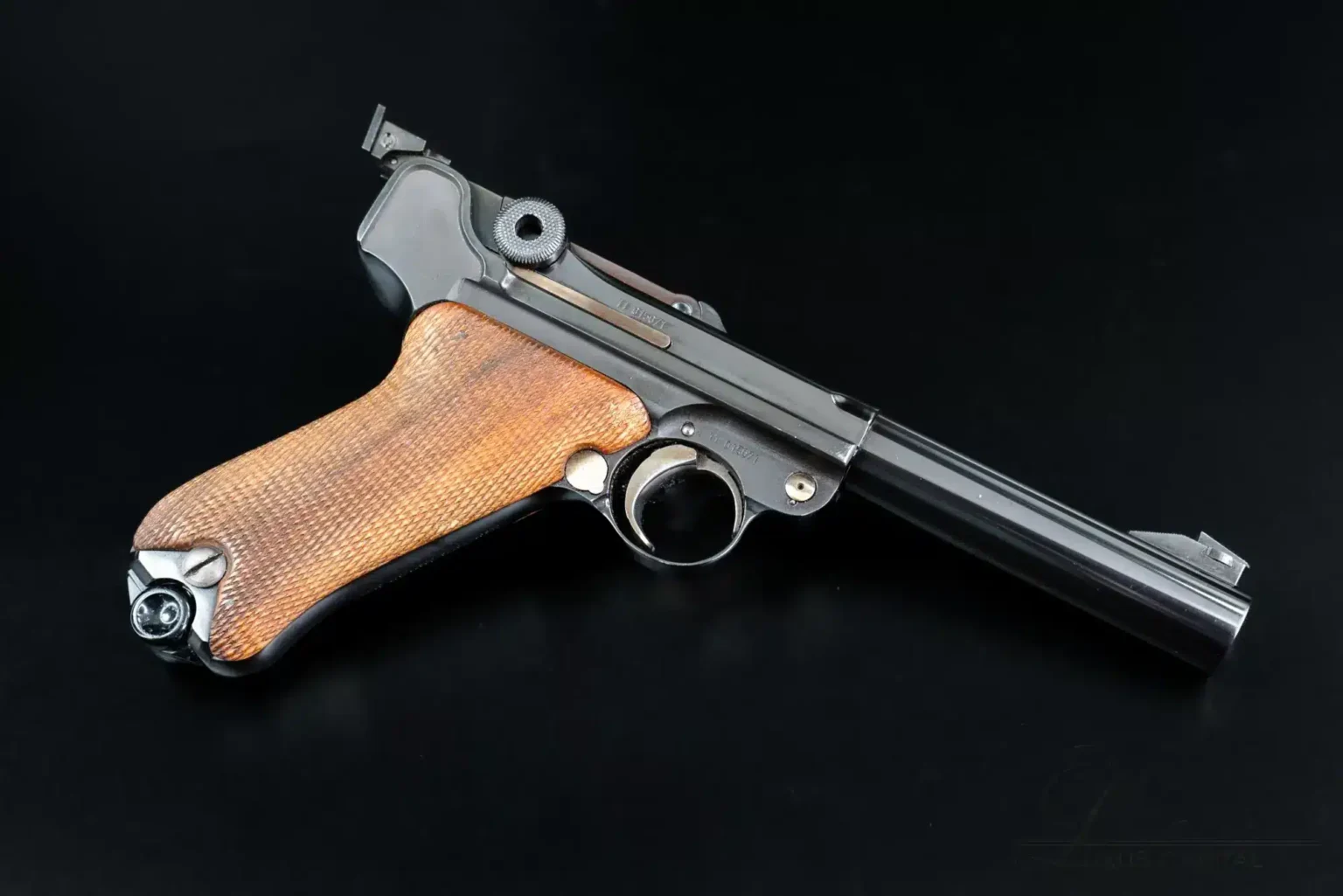
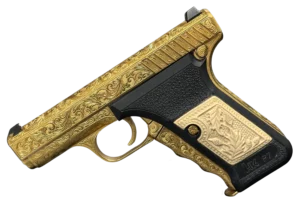
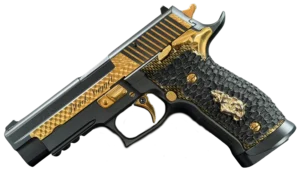
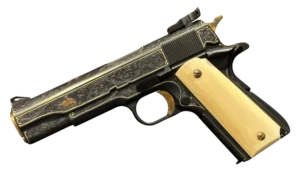
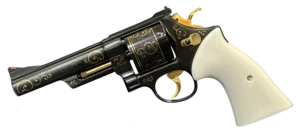
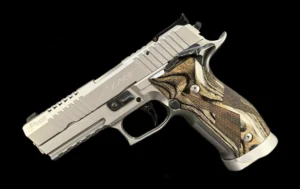
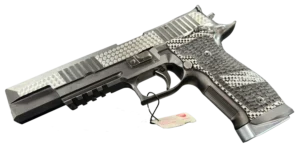
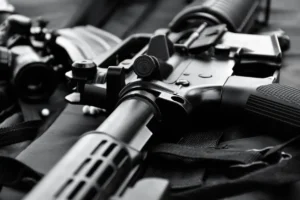

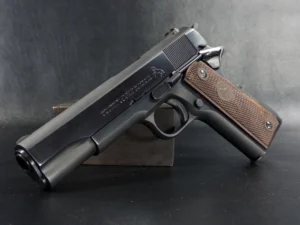

One Response
It’s truly a nice and useful piece of info. I’m happy that you shared this helpful info with us. Please stay us informed like this. Thanks for sharing.